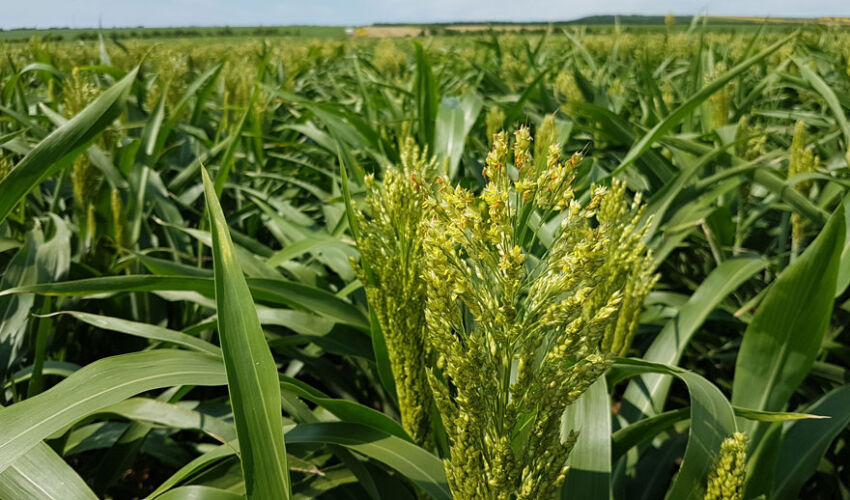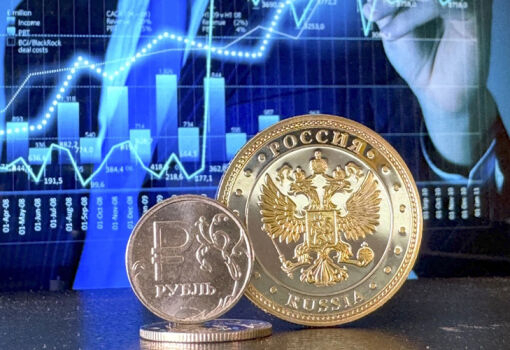
However, alas, it is not easy to change the assortment of crops in Moldovan farmers’ portfolios due to global warming and in favor of agronomically correct crop rotations. As Iurie Rija, chairman of the Association of Exporters and Importers of Agricultural Products Agrocereale, notes in this regard, “oilseeds, for example, are “doomed to success”, as the demand and prices for which are consistently high in the world. Thanks to this factor, for example, in less than two decades, the popularity of rapeseed in the Republic of Moldova has grown from several thousand to 40-70 thousand hectares sown per year.
In principle, world prices for grain are not so high, and the financial return per hectare under grain crops is lower. As a result, the popularity of grain sorghum among Moldovan farmers is growing more slowly.
Since the middle of the last decade, Moldovan farmers annually allocate 7-12 thousand hectares to grain sorghum. In the last few years – closer to the lower end of this range.
Nevertheless, over the period 2022/24, the country exported just over 30 thousand tons of sorghum. This is more than the total exports over the last five years of, for example, such a traditional crop for Moldova as grain peas. In other words, sorghum in the structure of agriculture in Moldova is gradually outgrowing the narrow format of a niche, “foreign crop”.
In the first quarter of 2025 Moldova exported more than 4 thousand tons of grain sorghum. If the dynamics of exports of this commodity continues, at the end of the year, the size of its external supplies, at least, will not be lower than the statistical average for the previous three years (about 11 thousand tons).
It is also curious that Moldovan sorghum is supplied not to those external markets, which massively buy up other Moldovan grain (and especially fodder) crops. That is, it is not the European Union (for example, leading in purchases of peas from Moldova), and not Africa (soft wheat). These are, in particular, Israel, Iraq and Turkey.
It is also interesting that the main exporters of Moldovan sorghum are relatively small local traders – second and even third tier. In other words, sorghum has potential for growth: if large volumes of supply appear, large traders will pull up, and new premium markets will open up.
External supplies of sorghum from the Republic of Moldova have a clear seasonal character: export sales peaks in winter, early summer and late fall. In fact, they coincide with the peaks of export sales of another important forage crop – grain corn. In many ways, in the global agri-food market, sorghum is considered an alternative to maize, cheaper but, in principle, no less valuable in the food/feed sense. In particular, the export (invoice) price for Moldovan sorghum in the last three years fluctuated within 2.8-5.2 lei/kg, in 2025 – 3.5-4 lei/kg. That is, sorghum is always 15-20% cheaper on average than maize.
What is especially important – unlike maize, sorghum is a much more drought-resistant crop. In abnormally hot and dry weather conditions, the risk of a hundred percent loss of the sorghum crop is much lower. In a sense, it is more convenient for the farmer that sowing of sorghum is usually carried out a little later than corn – in late April or even early May. This means that the farmer already has a certain idea of what the spring moisture reserves in the soil are and how bad things are in terms of weather forecasts for the summer.
Some constraint is that the average sorghum yield in Moldova is relatively small – close to 4-5 tons/ha. This is close to the results that in good years grain maize on rainfed lands also shows. Only in the best years sorghum yield in some Moldovan agricultural enterprises reaches the level of 8 t/ha and more.
However, according to Igor Saletsky, representative of Lidea company – the largest supplier of sorghum seeds to the Moldovan market – relatively modest average sorghum yields in Moldova testify more to the lack of sufficient experience and agro-technological knowledge about the process of growing this crop than to its limited potential in local soil and climatic conditions.
By the way, sorghum is not only fodder, but also a high-quality raw material for the production of vegan grain products, cereals, confectionery, and alcohol. In general, there is plenty of room for new ideas for agri-food business.













